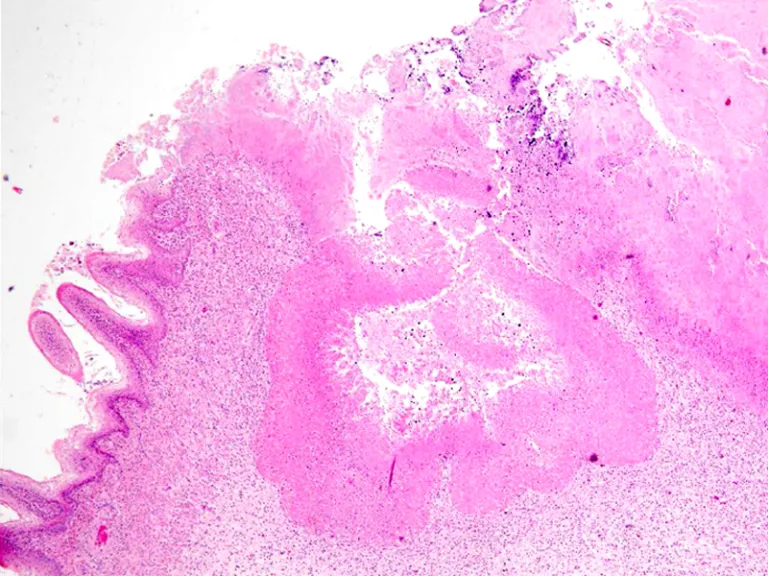Developmental changes in the gubernaculum and anogenital distance of male rat offspring exposed in utero to WIN 55,212-2 as a candidate of the endocannabinoid system
DOI:
https://doi.org/10.24070/bjvp.1983-0246.009011Keywords:
cannabinoids, gubernaculum, anogenital distance, testicular descentAbstract
Cannabinoids can inhibit the release of androgens locally or centrally. For this reason, this study was designed to assess the effect of WIN 55, 212-2, a CB1 receptor agonist, on gubernacular development histologically. Sprague-Dawley female rats were time-mated and divided into treatment and control groups. For prenatal exposures, the groups received injections subcutaneously of 0.5 mg/kg WIN 55, 212-2 (WIN) or vehicle on gestational days 13.5–20.5. Five to 13 male offspring were collected at time points E19 (embryonic), P0 (postnatal), P2, and P8. The body weight and anogenital distance (AGD) of postnatal male pups were recorded at birth. The inguino-perineal region of all the samples after fixing in 4% paraformaldehyde were sectioned oblique-sagittally and stained with Hematoxilin and Eosin (HE) or Masson's trichrome. Measured Factors in this study were based on previous studies and included gubernacular cone height (GCH), gubernacular cone width (GCW), distance from gubernaculum to scrotum (G-S), and pubic symphysis-to-anus distance (PS-A). The former two factors were measured bilaterally and the latter two only on the left side. The gubernaculum at P0 appeared more bulky than that of controls. Failure of eversion at P2 and remaining bulb of gubernaculum at P8 were important findings in WIN-treated group. The mean distance from gubernaculum to scrotum increased significantly only at P2 compared to controls. AGD as a bioassay of fetal androgen action also showed a significant 16% reduction as compared with the control group at birth. These data propose that prenatal exposure to WIN can affect gubernacular development probably due to androgen-disruptive action.


